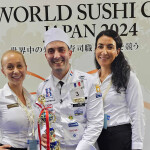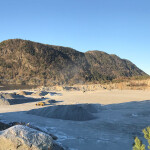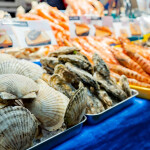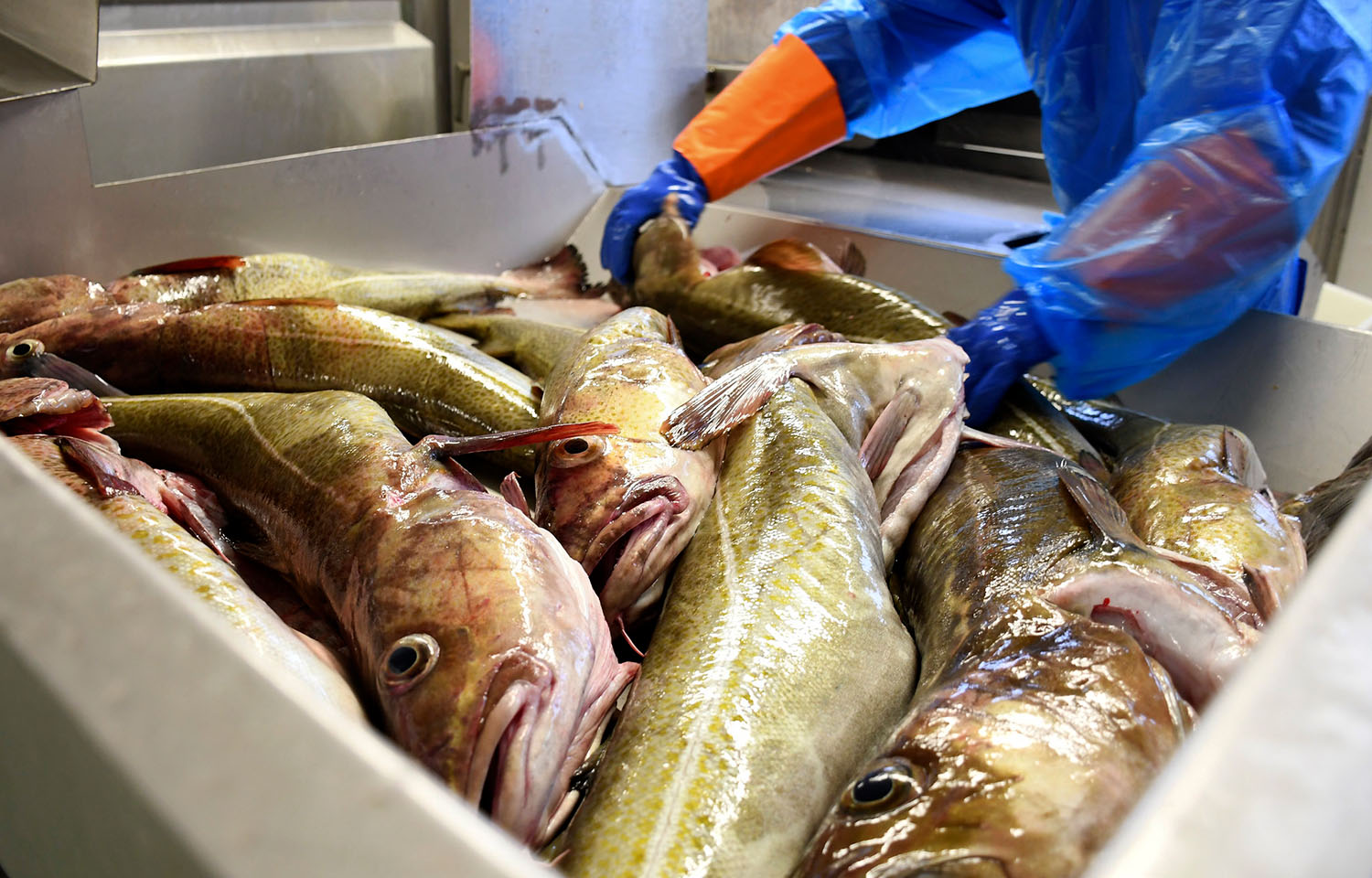The Norwegian Seafood Council (NSC) is predicting a tumultuous summer for the country’s seafood exports after its years-long run of growth has come to an end.
Norway posted year-over-year value growth for three years straight until a decline in value recorded in Q1 2024 finally ended the streak. The value growth was, in part, related to a weaker Norwegian krone, and the effects of the weaker currency began to abate in March 2024.
Then in June, the country saw a historic 18 percent drop in its seafood export value that was enough to pull down the value for the entire first half of the year. That drop was driven almost entirely by a drop in salmon prices, as the species represents roughly 70 percent of the export value of Norwegian seafood exports.
Despite the downturn, H1 2024 was still relatively beneficial for Norway’s seafood exports.
“Although there was no growth in value, the first half of the year was the second best ever in terms of value,” NSC CEO Christian Chramer said.
In a recent update from the NSC, however, Chramer wrote that the forecast for the sector is not looking as promising.
“We do not predict a crash landing because seafood from Norway is strong. But, there is no escaping the fact that there are some dark clouds on the horizon,” Chramer wrote.
Darkening those clouds is a big reduction in the Barents Sea cod quota.
Based on a Norwegian-Russian joint research group on fish stocks in the area, the quota was cut by 31 percent to just 311,587 metric tons (MT). That steep cut is on the back of a 20 percent cut in the previous season, which itself was also a 20 percent cut. Since 2021, when the cod quota was 885,600 MT, the quota has been cut nearly 65 percent.
“This could result in cod quotas that are the lowest since 1991,” Chramer said. “This is undoubtedly a demanding situation for both the fleet and the industry and will affect the amount of seafood that becomes available to the world market.”
He also said that salmon is also seeing headwinds – both in the drop in price and at the farming level.
“It has been a spring with several negative reports about winter wounds, fish health, and mortality. I have traveled a lot along the coast throughout the winter and met fish farmers and exporters who, without exception, take the situation very seriously,” Chramer said. “They are clear that changes must be made and work even harder to secure both fish, confidence, and markets.”
Chramer said that the shifts in quota, along with the market forecast, means the NSC is shifting its plans on species strategies for 2025 to 2030.
For example, as part of the NSC’s efforts to promote the country’s seafood exports, it has intensified its work on market access to Japan – the largest and most important market for Norwegian mackerel. The country’s shellfish exports are also trending well, with prawn having its strongest first half of a year in 24 years in 2024; snow crab exports also jumped in both volume and value in the same period.
NSC also said its promotional deal with Norwegian soccer superstar Erling Haaland will “really take off” in the autumn.
“I am confident that we will see solid effects from this collaboration and that it is a very good match between some of the greatest idols of our time and equally popular Norwegian seafood,” Chramer said.








